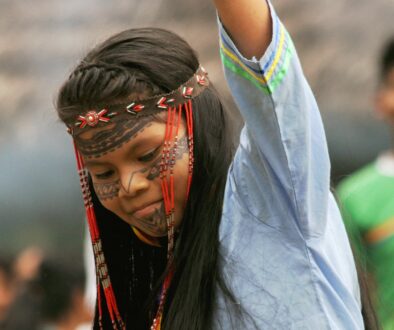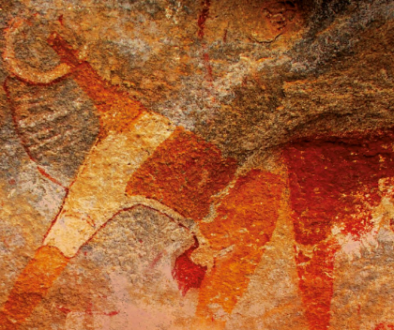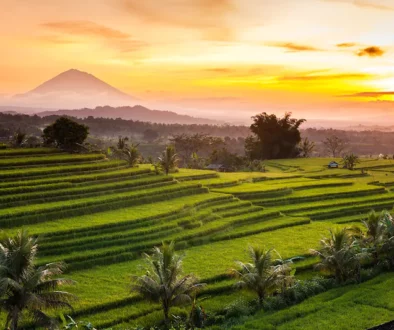Nature’s contributions to people from Church Forests in a fragmented tropical landscape in Southern Ethiopia
This study examines the diversity and extent of nature contribution to people by church forests in a fragmented tropical landscape in southern Ethiopia. We identify 339 church forests in the Gurage Zone and examine them using a combination of historical (1967) aerial photographs and recent (2017) orthophoto images, supplemented by vegetation sampling and in-depth interviews with key informants from 42 selected church communities. Church forests can be found in all agro-ecological zones and across the entire vegetation types in the Gurage socio-ecological landscape. In the last five decades, the extent of church forests has been remarkably persistent, and 67% of the forests have seen an increase in size even while surrounding state- and community-controlled forestland has been degraded over time. Interview findings suggest the church forests’ persistence is in large part due to the church compound being seen as a sacred space and hence respected and protected by the community. This powerful social norm has allowed for multiple uses of the church forest to continue over time through sustained forest management. More than 15 distinct contributions of church forests to local communities were identified including material, nonmaterial, and regulating categories, suggesting church forests deliver a wide range of nature contributions to people in addition to their well-established ecological and conservation value. Findings aslo underscore the potential for church forests to support the restoration of degraded landscapes through integration into regional landscape planning and management policies.




